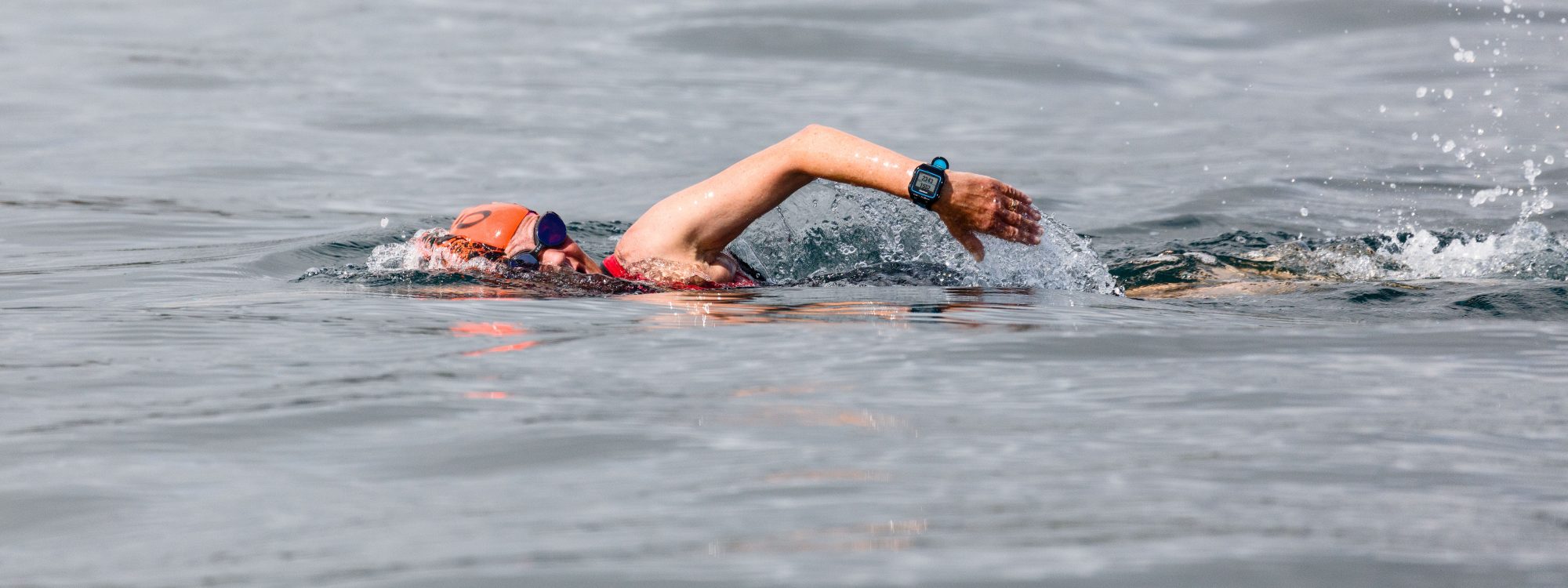Back from Croatia on a hot sunny Saturday, regular sea swims are in Weymouth Bay on a Sunday morning at 9:30. I hardly joined them for one swim in 2017, and certainly none without a wet suit.
How to prepare myself for the cold. Immediately after the London Marathon, just prior to going to the swim camp in Croatia, I started to eat, and eat and eat. My aim was to go from just under 9 stone to somewhere between 10 and 1/2 to 11 stone by the time of my swim.
Contrary to popular belief the grease we wear is not to combat the cold, it just prevents salt sores. I needed to put on ‘fat’ to keep me warm.


I also started to grow my hair (both it and I don’t like it long) in the belief that slightly longer hair under my hat will give me just a bit more insulation on my head. It is well known that you loose most of your heat through your head and I would only be allowed to wear one regular swim hat on the swim.
For my initial swims back in the UK I intended to continue to wear the bright orange neoprene hat over my regular one, and don a ‘skin suit’, used by triathletes over their tri suits for non-wet suit swims, just to keep the wind off my back.
In addition I’d always wear silicone mouldable earplugs, which prevent any cold water getting in the ear, plus, of course, apply Vaseline to stop salt rubs on my neck and under the edges of my swim suit on my shoulders.
On my Channel swim, I will mix Vaseline with Lanoline, a thick gooey white mixture, and apply it on almost every bit of exposed skin.

Now’s the time to put my toe in and test the waters !
